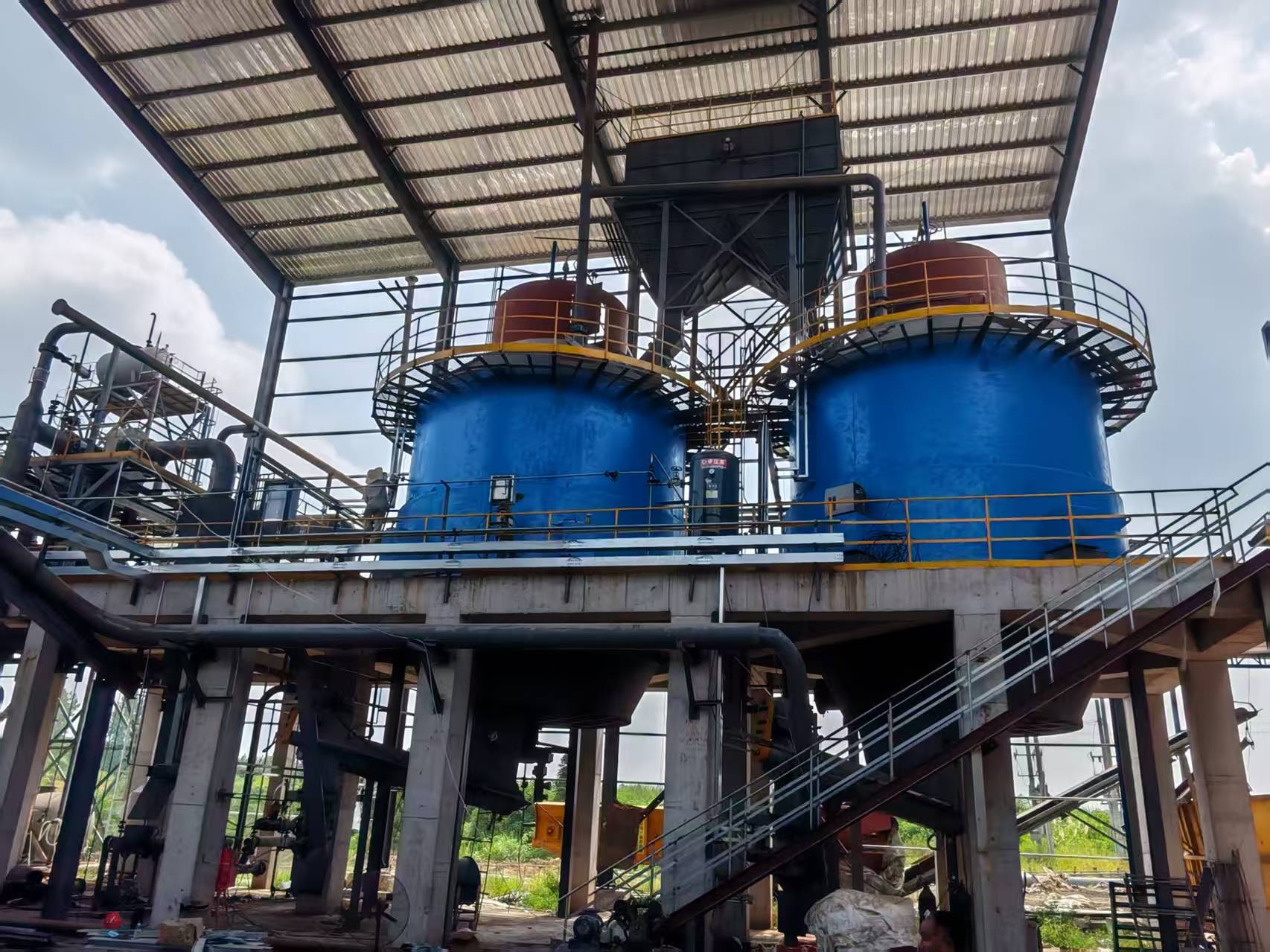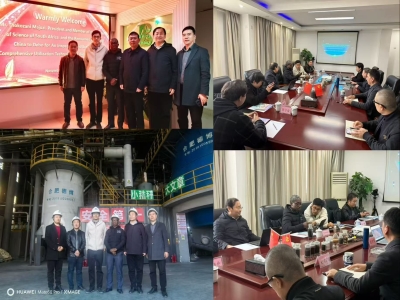How to choose the gasifier mode that is fittest for you?
How to Choose the Right Biomass Gasifier for Your Business
Biomass gasifiers turn organic materials into clean energy. Small businesses use them for power, heat, or industrial processes. Picking the right model saves money and meets environmental rules. This guide explains key factors in simple terms.
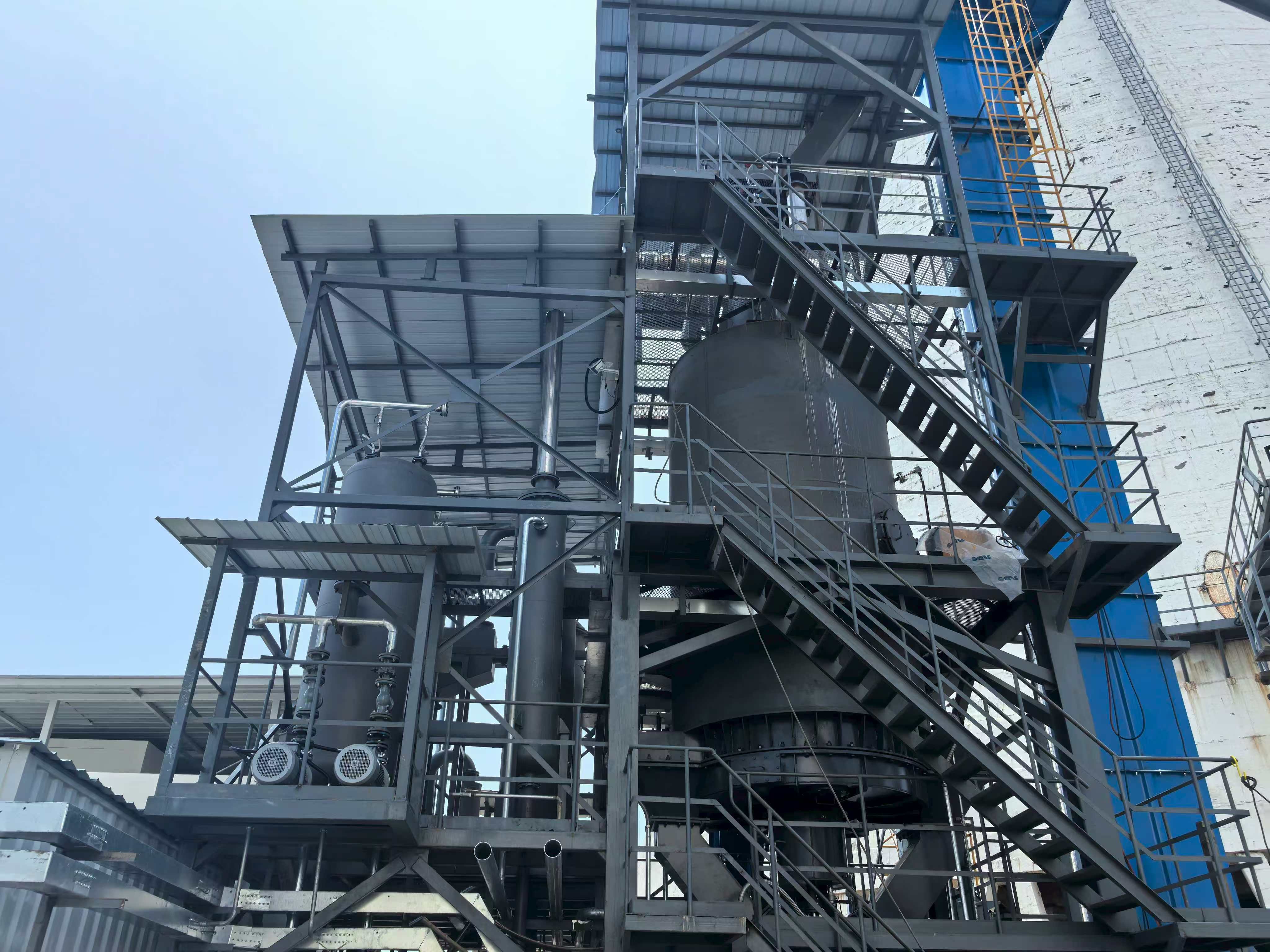
What Is a Biomass Gasifier?
A biomass gasifier is a machine that burns organic waste like wood chips or crop leftovers. It makes a gas called syngas that can power engines or heaters. The system works without oxygen to avoid full burning.
4 Main Types of Gasifiers
Downdraft: Best for small businesses. Makes clean gas with 75-85% efficiency.
Fluidized bed: Handles mixed fuels well. 80-90% efficiency but costs more.
Crossdraft: Small size but only works with dry fuels.
Updraft: Simple design but makes dirty gas with tar.
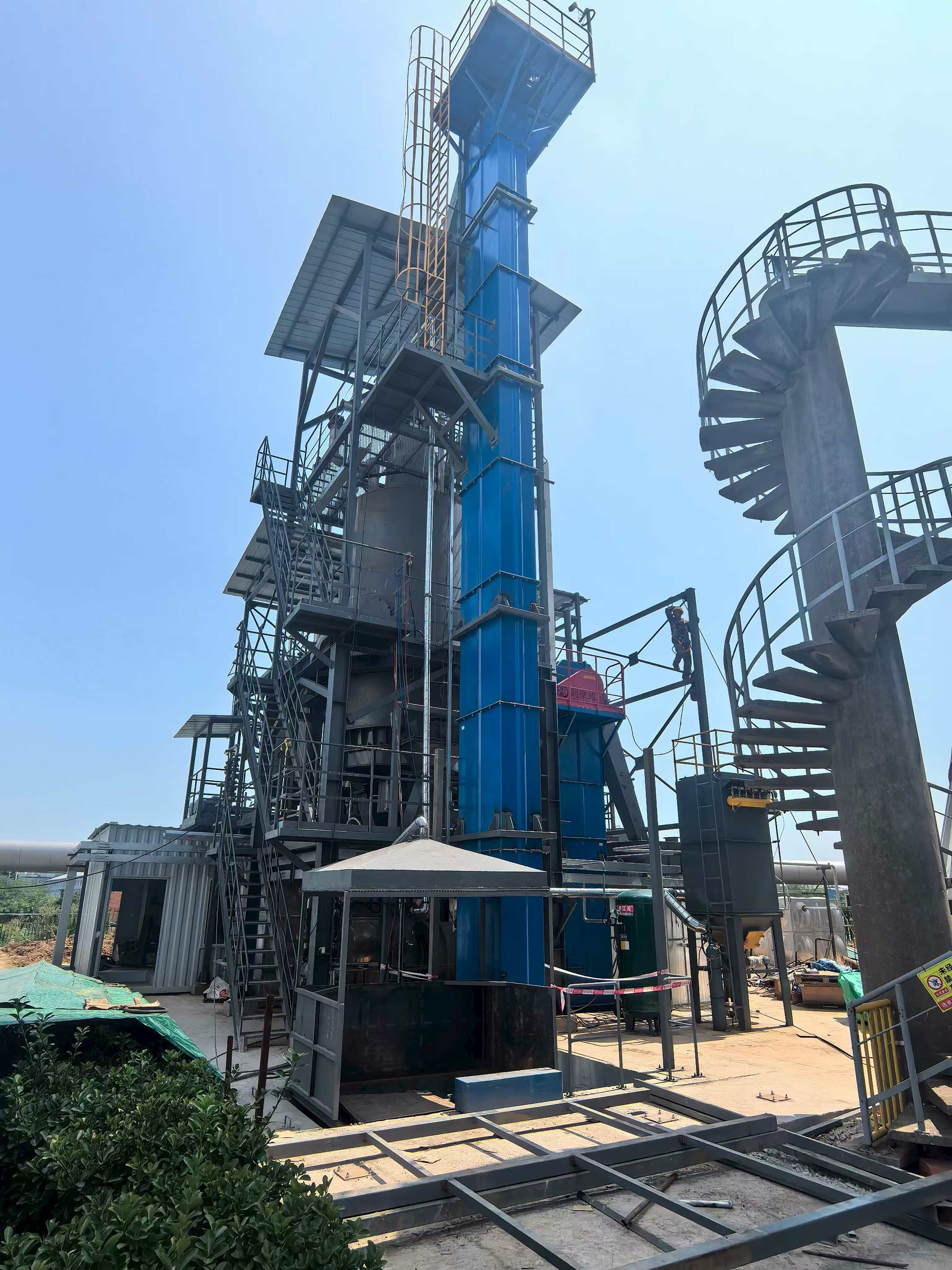
7 Key Factors When Selecting a Gasifier
1. Feedstock TypeDifferent models handle specific materials. Wood chips need <20% moisture, while agricultural waste may require special designs.
2. Syngas OutputCalculate your energy needs in kW or thermal capacity. A small brewery might need 50kW, while a factory could require 500kW.
3. System GrowthPlan for future expansion. Some gasifiers allow easy capacity increases without full replacement.
4. Control SystemsChoose between manual operation or PLC-controlled automation based on staff skills and budget.
5. Emission StandardsCheck EPA Tier levels for your area. Downdraft models often meet strictest rules with 75-85% efficiency.
6. Maintenance NeedsSimple designs need daily ash removal. Automated systems reduce labor but cost more upfront.
7. Byproduct UseSome models produce useful char byproducts for soil amendment or fuel.
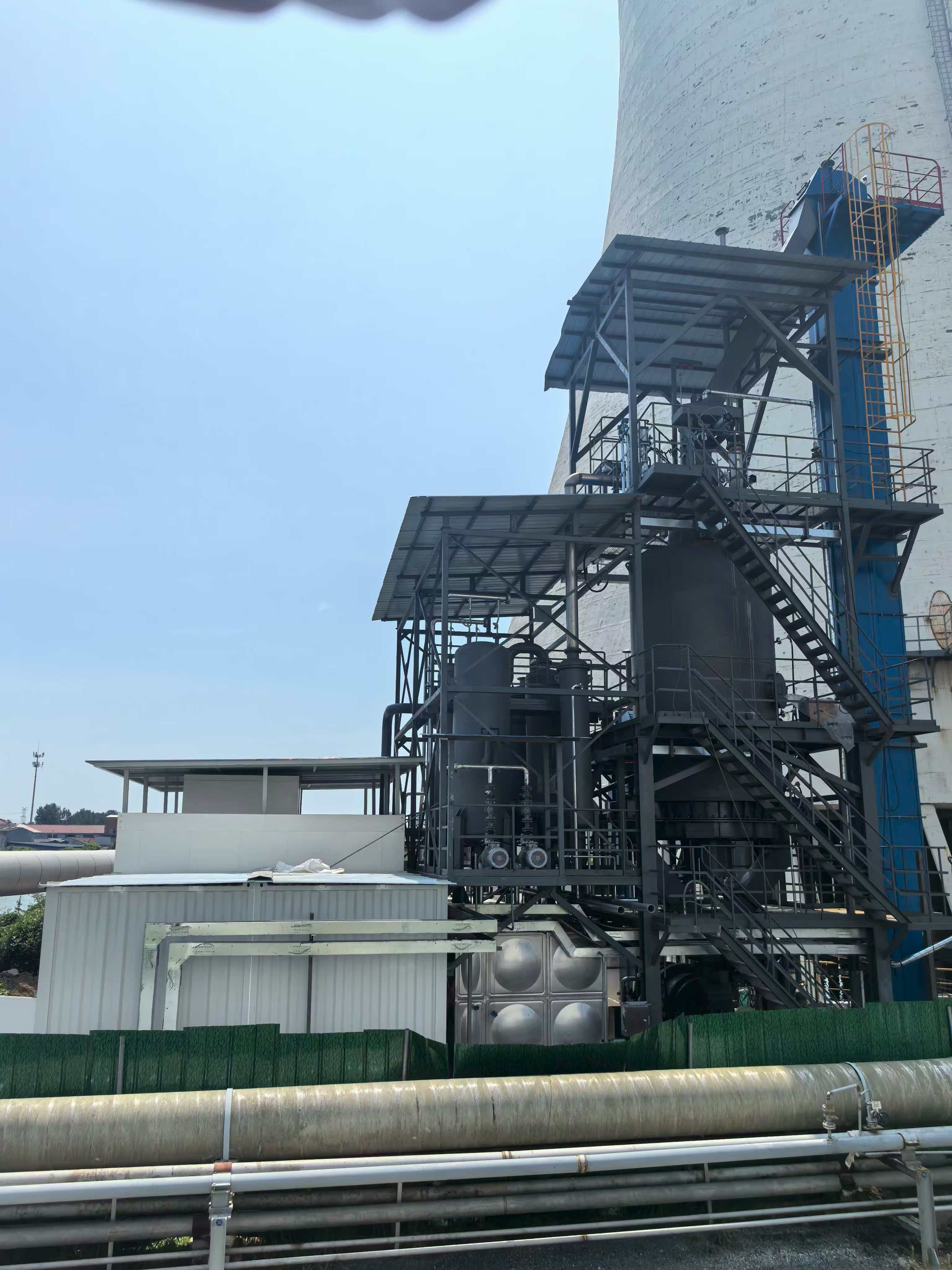
What You Need to Operate a Gasifier
Space RequirementsAllow at least 30% extra space beyond equipment footprint for safety and maintenance.
PermitsCheck local air quality rules. Some states need special permits for syngas production.
Staff TrainingPlan for 40-80 hours of training per operator. NREL data shows proper training reduces downtime by 15%.
Fuel PrepBudget for chippers or dryers if your feedstock isn't ready-to-use.
Understanding Costs
Use this 5-year cost framework:
- Equipment: $15k-$200k
- Installation: 15-25% of equipment cost
- Feedstock: $50-$150/ton locally
- Maintenance: 3-7% of capital cost yearly
- Tax Credits: IRS Section 45 offers 30% credit
Implementation Steps
- Measure your current energy use
- Find reliable feedstock within 50 miles
- Test gas composition needs (CO/H2 ratios)
- Run 100+ hour pilot tests
- Get performance guarantees from sellers
- Install CO monitors and safety systems
